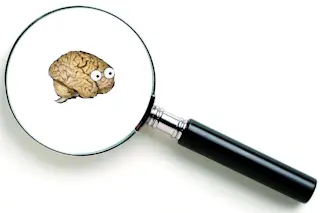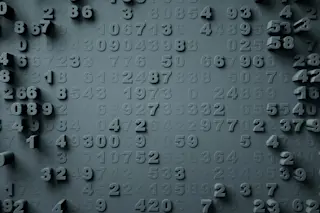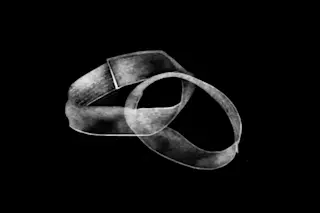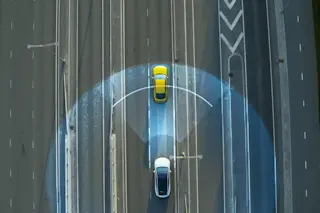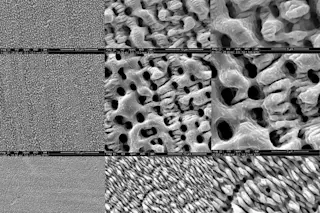Should you trust plagiarism detection software?
In my view, no — we should never treat an automated plagiarism report as definitive evidence, whether positive (as proof of plagiarism) or negative (as proof of innocence.) These tools are useful for rapidly screening texts to raise red flags, but once a suspicion is raised, only old-fashioned manual checking can determine originality or otherwise.
In this post I’ll explain why — but first, a little backstory.
Five months ago, I argued that certain materials published by a new British ‘research ethics organization’, called PIE, contained similarities to other, uncited sources. For more on PIE, see these posts.
Shortly after I posted, PIE put up a “Disclaimer“. In the past week they’ve gone on the defensive again with a blog post which, while not naming me, is clearly aimed in my direction. (The comment thread is quite entertaining.)
This is where those plagiarism detectors ...


